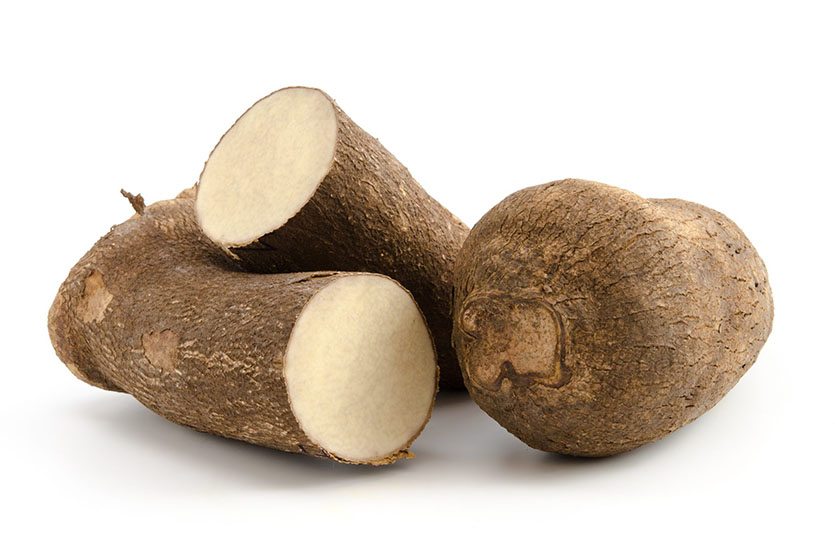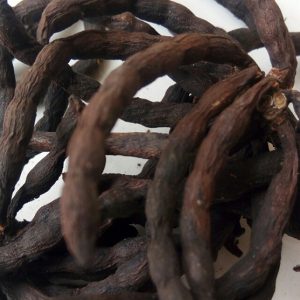Yam Tubers
Yam, any of several plant species of the genus Dioscorea (family Dioscoreaceae) grown for their edible tubers. Yams are native to warmer regions of both hemispheres, and several species are cultivated as staple food crops in the tropics. Yams are consumed as cooked starchy vegetables.
A monocot related to lilies and grasses, yams are vigorous herbaceous vines providing an edible tuber. They are native to Africa, Asia, and the Americas. Some yams are also invasive plants, often considered a “noxious weed”, outside cultivated areas. Some 870 species of yams are known, and 95% of these crops are grown in Africa.
Yam plants can grow up to 15 m (49 ft) in length and 7.6 to 15.2 cm (3 to 6 in) high. The tuber may grow into the soil up to 1.5 m (4 ft 11 in) deep. The plant disperses by seed.
The edible tuber has a rough skin that is difficult to peel but readily softened by heating. The skins vary in color from dark brown to light pink. The majority of the vegetable is composed of a much softer substance known as the “meat”. This substance ranges in color from white or yellow to purple or pink in mature yams.
Product Name: Yam
Botanical Name: Dioscorea
Tariff – HS Code: 07143000
Local Productions: 35.017 million metric tonnes
Quality Standards
Ease of peeling
Poundability of boiled tuber
Cooking time to softness (min)
Discoloration of cooking water
Color of cooked tuber after cooking
Texture of cooked tuber
bitterness of cooked tuber
sweetness of cooked tuber
overall assessment of cooked tubers
Specifications
Yam specification varies from one buyer to the other in terms of weight, length and diameter. Generally exportable yam should have the following characteristics.
Diameter- 3.5-4.5cm
Length- 15-40cm
No hair (No fibers)
No fingers (branches)
Very smooth body with no sand (if at all it should be very minimal)
No injury (if at all it should be very minimal)
Not too big (enough for a family to eat at once)
Package
Modified Atmosphere Packaging (MAP), Polyethylene film bags
Uses
Fresh yam tubers are peeled, chipped, dried, and milled into flour that is used in preparing dough called amala (Nigeria) or telibowo (Bénin). Commercial products based on dry flakes or flours from the tuber are produced in Nigeria, Ghana, and Côte d‘Ivoire for export and sale in urban areas. Yam tubers can be conveniently processed into yam floor and yam chips & pellets.
The consumption of yam flour cuts across cultural, religious and demographic boundaries. It is a cherished delicacy when served in the form of “Samolina” or “Samovita”, with well prepared soup.
Apart from serving as food, it has a lot of industrial uses. It is used in production of all-purpose-adhesives. The adhesives are used by producers of cartons, packaging companies and lather and shoe producers. The all-purpose adhesives is produced with yam or cassava starch.
Some industries particularly in Europe use yam flour in preparation of high quality biscuits, bread, cakes to mention but few. In Nigeria also, it is used in production of high quality bread and cakes.
The yam chips and pellets can also play the same function as cassava chips & pellets in production of livestock feeds. Yam Starch has a lot of industrial uses.



Reviews
There are no reviews yet.